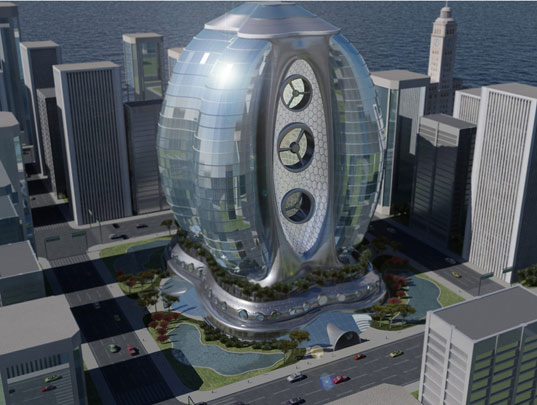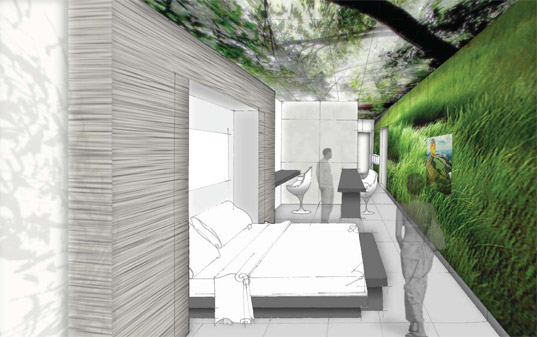As someone who frequents airports quite a few times every year, I wholly sympathise with this post by the always sharp-minded, witty, sarcastic and eloquent Fleet Street Fox
THE problem with flying is not making sure you have enough pants to last or working out how much of the local currency is a reasonable amount to pay for a beer; it’s the airports.
They are the only type of construction in the history of mankind designed to make your life less efficient and more difficult.
(And before anyone smart says torture chambers, they were models of efficiency and can keep you entertained for months if necessary.)
It used to be that you parked next to the plane, waved your ticket and climbed aboard. Now you park on an unending patch of tarmac four miles from the airport where you will never find your car again, get a bus to the terminal, spend an hour in a queue to check in, spend more hours in queues having your underwear rifled and your toothpaste sniffed for explosives while being repeatedly asked to undress, then get channelled through a series of over-priced retail opportunities before you’re thrown into the back of a jet with several hundred other people in various states of rage and most of whom are ready to kill.
Whoever in the world designs airports and various parts of them – in particular the seats which are too uncomfortable to sit on, and the vast, hangar-like ceilings which are exercises in ugliness and lazy architecture – needs a kick up the backside.
The purpose of all engineering and design is to make life nicer, simpler, and more efficient. Yet in the case of airports it causes low-grade misery so pernicious that, even if not manifested via the medium of multiple homicides in the Duty Free, still makes the world a less pleasant place by a factor of millions of people a year.
 So, because I am stuck in this terminal for another four hours waiting for the plane which cost £200 more than it should after I missed the one before because I was having such a nice holiday, and for what it’s worth, here are my suggestions for nicer airports:
So, because I am stuck in this terminal for another four hours waiting for the plane which cost £200 more than it should after I missed the one before because I was having such a nice holiday, and for what it’s worth, here are my suggestions for nicer airports:
* Sofas. Yes, I know they would all become like the ones in Starbucks within a week, covered in stains and food that has fallen out of someone else’s mouth, but they’re nice and the metal creation I am sat on at the moment is not. It’s vile. It’s uncomfortable, it’s ugly, and it hurts to sit on it for more than five minutes. We spend hours in airports – some people have to sleep in them. I’m not asking for anti-macassars but I think we should be able to have cushions. We certainly should not have things designed entirely to stop someone having a snooze because it makes the place look untidy.
* No-one has yet found a way to hijack a plane with the use of tweezers. Let us keep them.
* Ditto nail clippers, toothpaste, foundation and bottles of water.
* We do not, generally speaking, have to be on your plane. It would be nice if everyone who works in airports realised this.
* Make some effort with the architecture. I’d happily spend days staring at the vaulted ceiling of St Pancras station, which is proof that just because you have a big open space doesn’t mean it has to look like a shed. Add some beauty to the world instead of corrugated steel and plastic.
* Proper heating. Airports are always cold, and there is no good reason for this.
* Public announcements should be made by a member of staff who can speak clearly and has a pleasant voice. Not some toothless stroke victim who can’t be trusted to empty the bins.
* There is no earthly reason why a cup of tea in an airport costs twice as much as one outside. Or the clothes, or the sunglasses, or the twatty keyrings.
* Gardens. Play areas for children that don’t just consist of a couple of small plastic chairs. A giant piano keyboard like the one in Big. Free massages. Put some paintings on the walls. Have showers for people travelling overnight and provide toothpaste and toothbrushes in the toilets – you’re making enough money out of the sunglasses to pay for it.
* Travel should be about new experiences so promote a sense of adventure by paying someone to dress up as Indiana Jones and run through the terminal screaming while pursued by a giant stone ball and some angry-looking natives. Failing that, hire a samba band.
* Lastly, if I wanted to blow up a plane I’d post the bomb or get a job as a baggage handler. Bend more of your energies to that end of things and do me the honour of presuming I’m probably not a killer.
Not yet, anyway.














![Reblog this post [with Zemanta]](https://i0.wp.com/img.zemanta.com/reblog_e.png)











